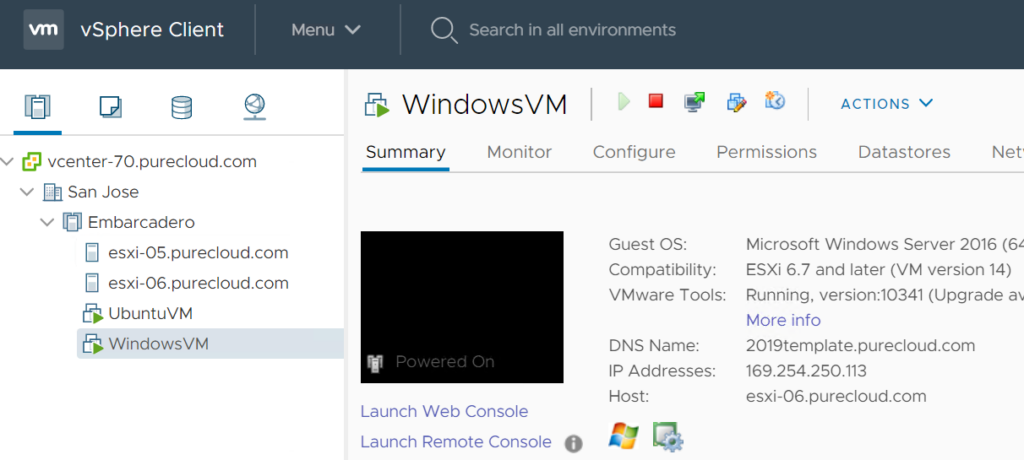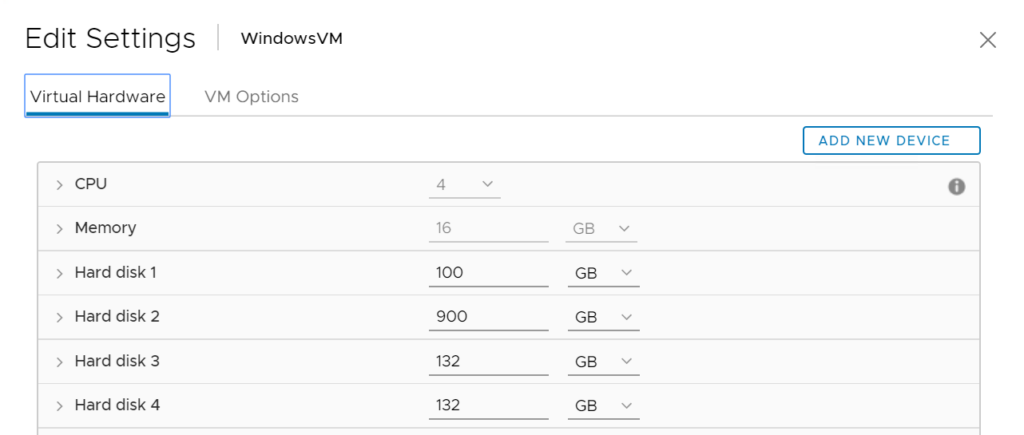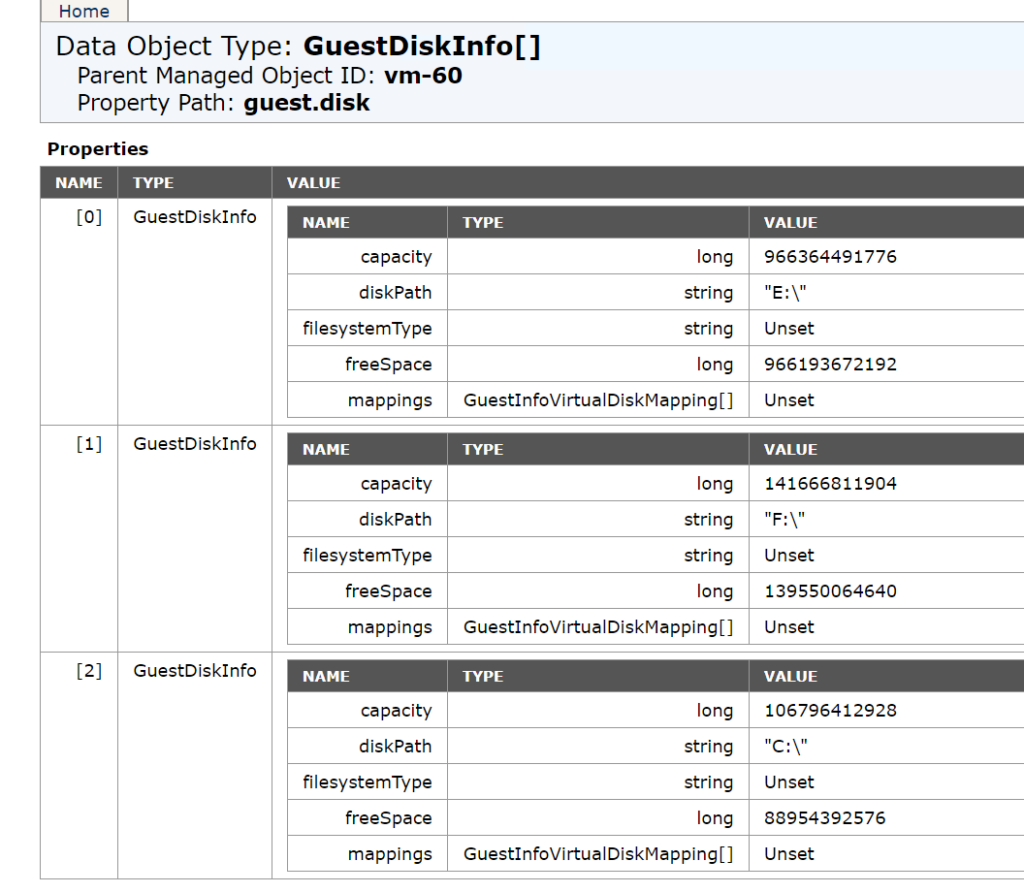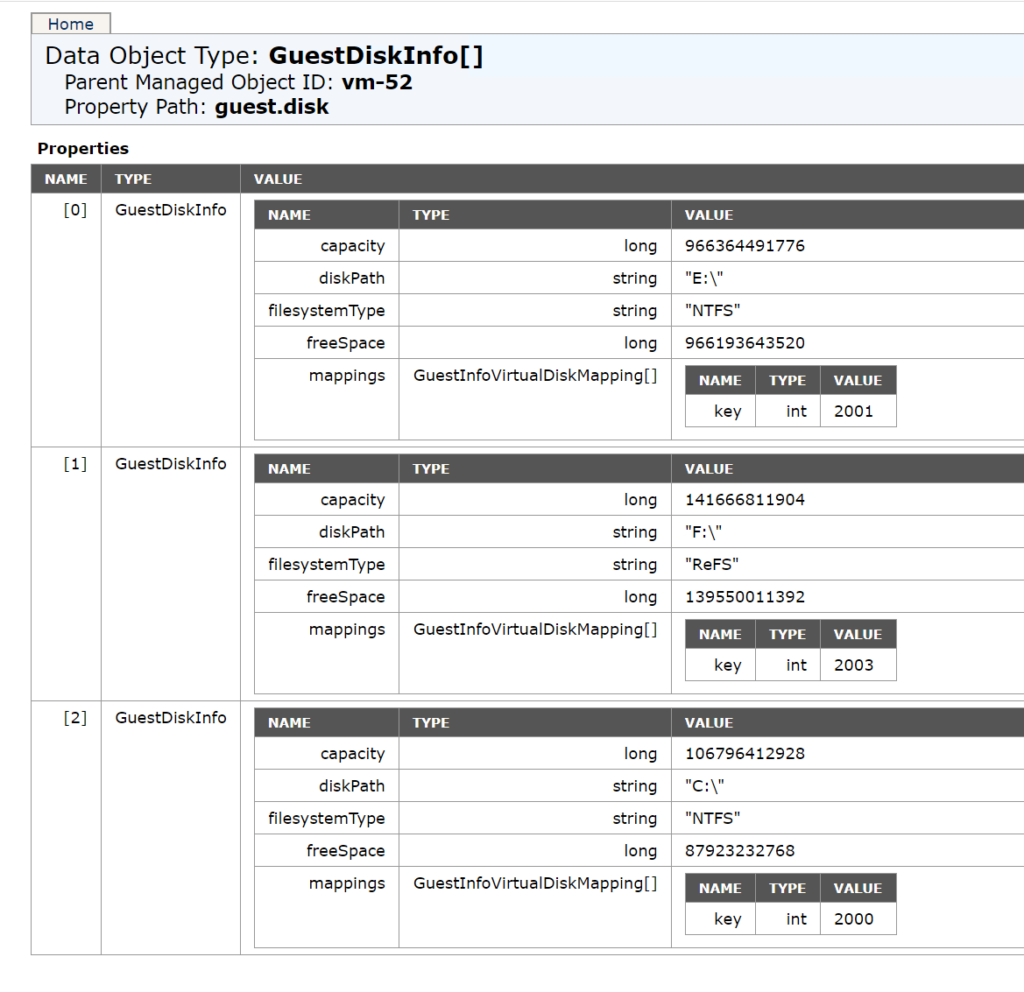This is a new kind of “what’s new” than what I usually talk about–it is not really a “storage” feature in the specific sense. But it is a really useful one that I intend to use a lot.
A common traditional problem was knowing what was going on in the guest from a storage perspective. If you want to script something against the vSphere API (unmount this file system) then do something with the virtual disk, then do something on the storage. Now it was possible to use the in-guest API, but because it required additional credentials to get into the VM and was a multiple step operation, it didn’t scale very well if you need to query information from a bunch of VMs.
The ideal scenario would be for VMware tools to report this vCenter so it can easily be pulled from the API, right?
Well you might say well file systems are reported in the API! And this is true. In the guest info of the VM you can see the disks and it will report the drive letter (in the case of Windows), their capacity, and how much free space
If you look in the API, in this case the managed object browser, you see that information:

But what if there are two disks that are the same size? Ten that are the same? 60?
This information does allow you to know about what is going on in the VM but you can’t really correlate and of this down to the virtual disk/datastore/array.
In vSphere 7.0 this has changed!
So let’s take this Windows VM running on ESXi 7.0:

It has 4 disks:

Though in this case only three of those disks have file systems (two NTFS, one ReFS)

If I run the same MoB lookup as before:

Same information, but new fields. fileSystem type and mappings.
But you might notice that I have a message on this VM saying there is a newer version of VM tools available. So let’s upgrade!

Reboot the VM and look at the Mob again:

Very cool! We can see the file system type and what virtual disk they are on. This can be correlated in the VM hardware to the right disk:

and then the right datastore etc.
I have a lot of plans for this!
As for requirements, this is what I know so far, but of course this is not released yet so it can change:
- Linux or Windows VM
- NVMe virtual adapter is not supported
- Latest version of VMware tools is required

3 Replies to “What’s New in vSphere 7.0 Storage Part II: GuestInfo VirtualDiskMapping”